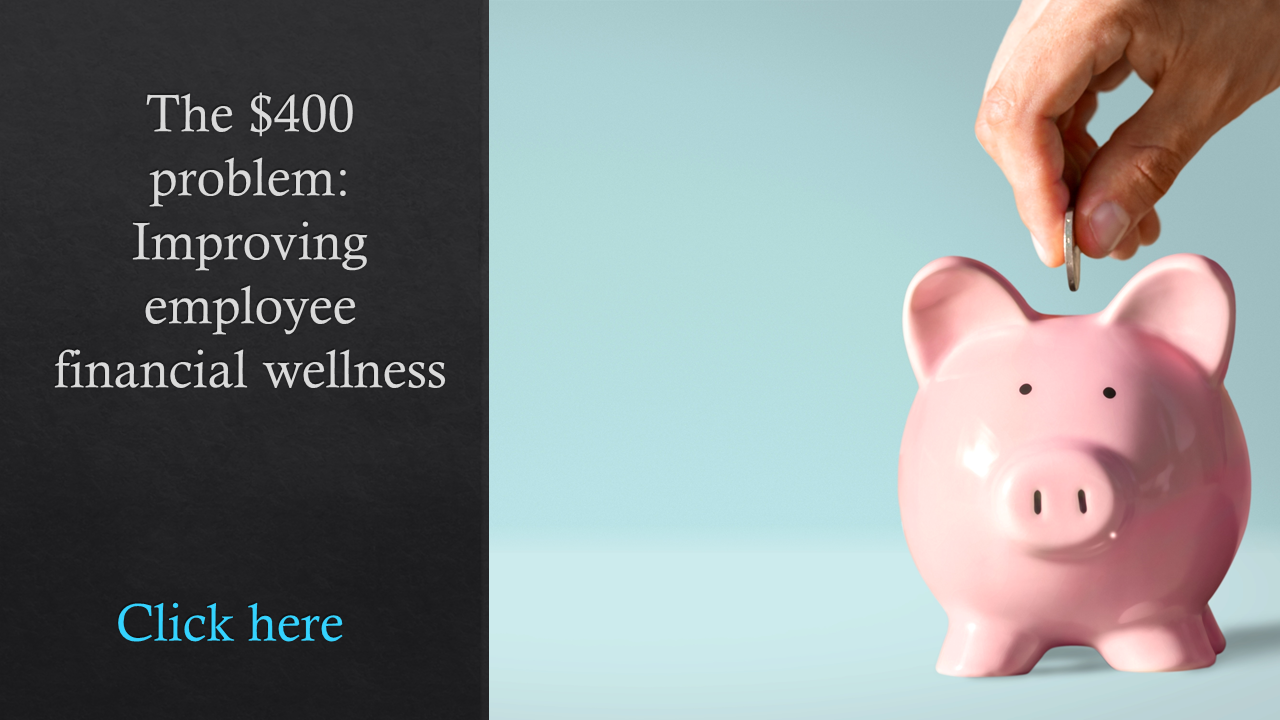At the start of 2022, I encouraged readers to start the year with an eye toward reviewing and assessing “core” HR technologies for their capability and their potential to improve the quality of essential HR services. And there is no more “core” HR and workplace technology than payroll—probably the first HR technology solution the organization implements (or outsources), and the one that is arguably the most important.
As I learned many years ago when implementing new payroll systems as a consultant, payroll is the only HR technology that must be “right” the first time—and, by the way, every time after that as well. In fact, with all the HR time spent over the last few years focusing on employee experience, it is useful to remember that the surest way to ruin that experience is to pay employees incorrectly or late. According to 2017 research from Kronos (now UKG), 49% of employees in the U.S. will begin a new job search after experiencing only two errors with their paychecks. And with so many employees living paycheck to paycheck (as many as 63% according to reporting from CNBC), accuracy and timeliness of payroll has never been more important.
So, before you consider implementing some of the newer innovations in payroll I will outline below, make sure the basics of your payroll function are in order and operating effectively and accurately. But with that said, there have been several interesting and innovative advances in payroll technology over the last few years that, if you have not been watching this market closely, you may have missed, and which present opportunities to elevate your payroll service delivery. Let us take a look at three areas of relatively recent payroll innovation that you should know.
- More frequent employee access to earnings
First launched about five years ago, employee access to earned pay either on demand or at some point prior to their scheduled pay date is now a core capability and feature offering of most mature payroll technology providers, and it has become almost a “must-have” employee benefit. Most of us have spent our entire professional careers being paid either on specific set dates in the month, or on a weekly or bi-weekly basis. And most of us never questioned this practice; it was just the way payroll worked at the vast majority of organizations.
But in truth, this was the practice mainly because of the limitations of the available payroll technology—these older systems simply were not designed to allow more frequent and flexible pay schedules. Plus, having payroll run on specific dates allowed the HR and payroll teams to schedule and plan their work on a very consistent schedule. This benefitted HR for sure but did nothing for the employees.
See also: From better benefits to higher pay, employers are upping the ante on talent
But by now, payroll technology has advanced to the point where employees can be paid on a much more frequent basis—even every day—by just making a few clicks in their mobile payroll app. This ability to access earned pay on their schedule, not that of HR or the payroll team, provides employees with much greater flexibility to manage their personal financial commitments and obligations, and just seems “fairer” than having to wait as long as three weeks from the time they earned their pay to when that pay is received. On-demand access to pay has emerged as an important and valued employee benefit, all made possible by payroll technology innovation.
- Employee visibility and approval of pay
A more recent payroll innovation, and one that is a kind of extension of employee access to earned pay, is the capability for employees to review and approve their payroll results in advance of their scheduled pay date. In traditional payroll processing, employees only have access to their pay information and net pay for the pay period after the payroll has been processed and completed. For those of us who are salaried employees, generally speaking, this is not too much of an issue, as our pay information and net pay remain consistent from pay period to pay period. But for those employees who are paid on an hourly basis, their pay is subject to changes in hours worked, overtime, shift differentials, etc., such that their net pay can’t always be predicted with certainty in advance of the pay date.
The new innovation, delivered in 2021 for the first time (to my knowledge), by Paycom and Paychex, allows employees to view their pay information, and expected net pay, several days before the actual pay date. The advanced visibility benefits employees’ financial planning needs and allows them to report potential errors to HR/payroll prior to the payroll being completed. An added benefit for HR/payroll is that catching and correcting errors before the payroll is committed saves both time and expense and avoids the “bad” employee experience that payroll errors can cause.
- Employee financial wellbeing
The final area of payroll and payroll-adjacent innovation regards employee financial wellbeing. While on-demand pay and early visibility into net pay provide employees some baseline resources to help manage their finances, there is more employers can do to support overall employee financial wellbeing. Either delivered in concert with payroll from your payroll technology provider or accessed through a dedicated financial wellbeing technology that is integrated into the payroll technology, what more employees say they need is access to educational resources, budgeting and savings tools, and things like retirement planning functions to help them manage their finances and financial plans.
Related: 5 of the biggest benefits trends coming this year
 While employee financial wellbeing technologies have been in the market for a few years now, it seems like—similar to on-demand access to pay—they will not see mainstream adoption until they are delivered as a set of functions included in the standard payroll platforms. Whether delivered via separate, third-party technology or embedded in the existing payroll technology, employees value these benefits and will increasingly expect them to be offered in the workplace. And it makes sense: If you have implemented on-demand access to pay, to extend your offerings to more robust financial wellbeing programs and technologies strengthens your overall level of service to employees and enhances their employee experience.
While employee financial wellbeing technologies have been in the market for a few years now, it seems like—similar to on-demand access to pay—they will not see mainstream adoption until they are delivered as a set of functions included in the standard payroll platforms. Whether delivered via separate, third-party technology or embedded in the existing payroll technology, employees value these benefits and will increasingly expect them to be offered in the workplace. And it makes sense: If you have implemented on-demand access to pay, to extend your offerings to more robust financial wellbeing programs and technologies strengthens your overall level of service to employees and enhances their employee experience.
As is the case with many of the newer and emerging functional domains in HR technology, the last several years have also seen continued innovation in core HR tech areas like payroll. It is notable and exciting that these kinds of innovations that provide important benefits and enhanced user experience for employees can still be found in such an established and seemingly uninteresting function like payroll. If you are not yet taking advantage of these recent innovations, please get in touch with your payroll technology or payroll services provider to inquire about their availability, implementation timeframes and costs. I think you will likely find that the investment in them will be worth it when your employees become more empowered and informed about their pay as well as about your attention and dedication to their financial wellbeing.
The post 3 innovations in payroll technology every HR leader needs to know about appeared first on HR Executive.